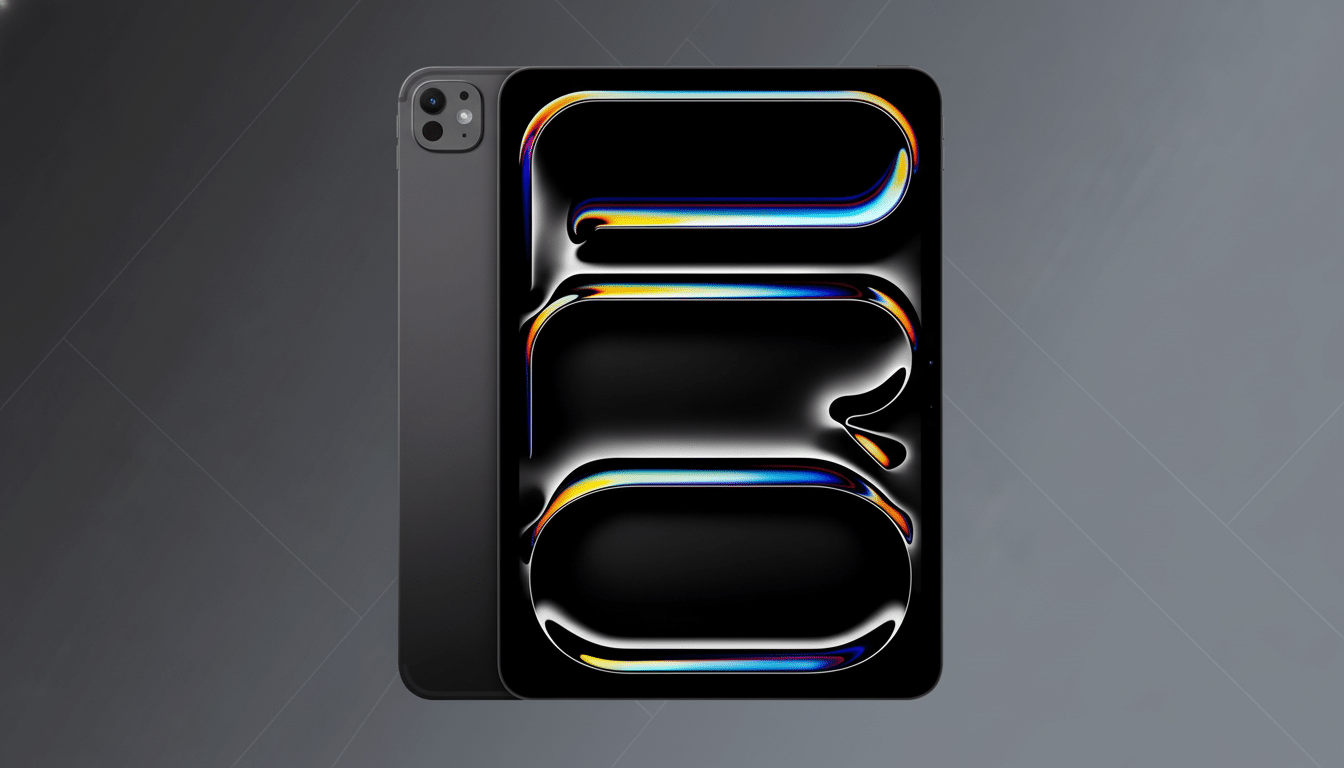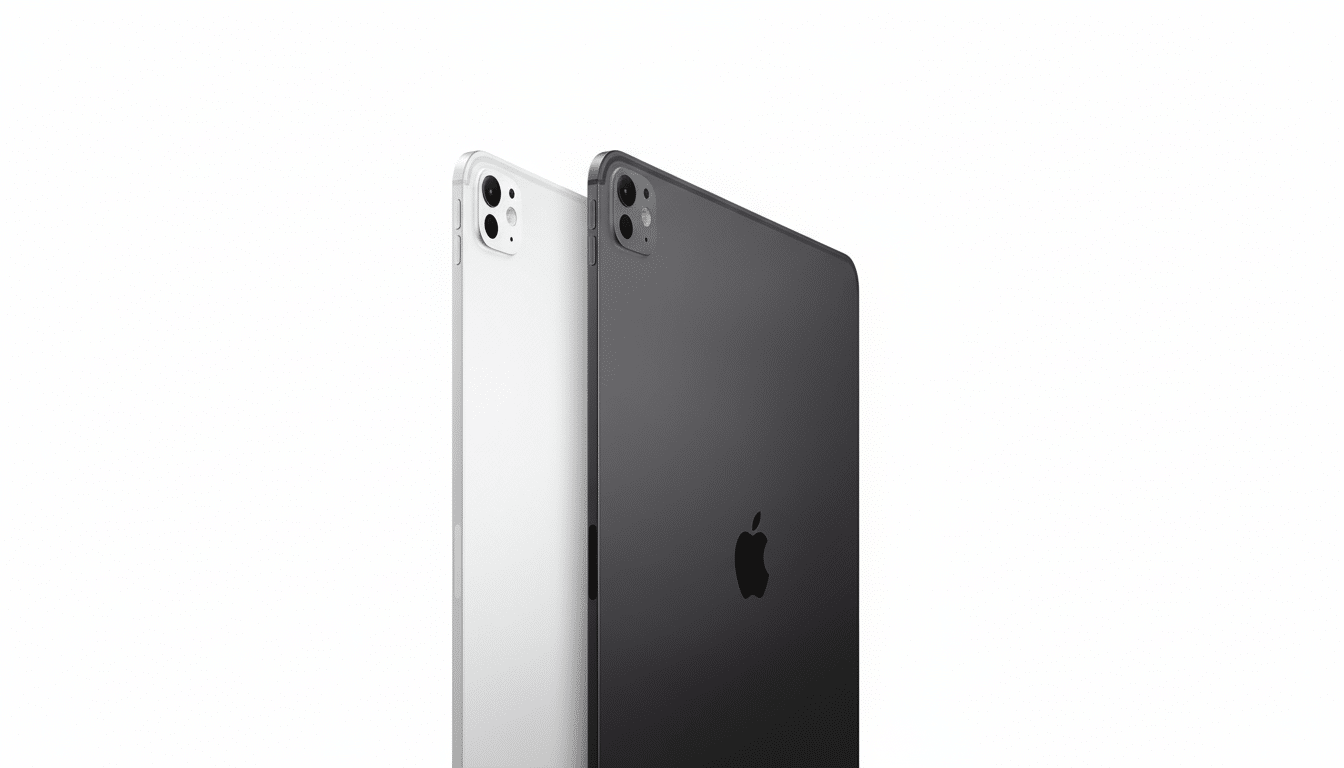Apple’s M5-silicon iPad Pro is the fastest, most capable and most expensive iPad ever released. The question most would-be buyers will actually be asking, however, is a more straightforward one: does it provide enough tangible benefit day-to-day to warrant spending $400 or more than if you’d chosen the iPad Air? Here’s a narrow, data-driven look at how the Pro earns its premium and where the Air still stands out as smarter value.
Price and configurations for iPad Pro M5 and iPad Air
At the low end, the 11-inch iPad Air usually opens at $599 with 128GB of storage; the 11-inch iPad Pro starts closer to $999 with 256GB. Go to 13 inches and you’re paying closer to $799 (for the Air) and $1,299 (for the Pro). Throw in cellular and the levy grows — historically about $150 on Air and about $200 on Pro — plus more for additional storage.
- Price and configurations for iPad Pro M5 and iPad Air
- Design and display differences between iPad Pro and Air
- Performance and on-device AI workloads: Pro vs Air
- Battery life and connectivity compared across both models
- Cameras, biometrics, and audio: where Pro and Air differ
- Accessories and total cost of ownership for Pro and Air
- Who benefits from the premium price of iPad Pro M5
- Bottom line: which iPad offers better value for you

Capacity matters. The Air goes up to 1TB; the Pro tops out at 2TB and can be ordered with options such as nano‑texture glass on certain higher-capacity models. If you actually require 1–2TB of local storage for your workflow, the Pro is the only iPad that can take you to the ceiling.
For the typical student and casual creator, a midlevel Air with 256–512GB costs hundreds less than a comparable Pro without even accounting for accessories. That gulf will often pay for an Apple Pencil and keyboard and give you change for the next release.
Design and display differences between iPad Pro and Air
Both lines are the same in two sizes, 11 or 13 inches, with the squared-off aluminum chassis Apple has perfected since the Pro of 2018. The Pro is slightly thinner and lighter, but the bigger difference is in the screen technology.
The showstopper is the iPad Pro’s Tandem OLED panel: blacks that are true black, greater contrast, and a 10–120Hz adaptive refresh rate for ultra-smooth scrolling and animation.
For HDR highlights, Apple quotes up to 1,600 nits peak. The Air models both use a good-quality LCD at a fixed 60Hz and usually hit about 500 nits on the 11-inch and around 600 nits for the 13-inch.
One way to look at the Pro’s display is that for editing HDR video, drawing in dim studios or just craving 120Hz fluidity, it’s a welcome upgrade. The Air’s screen for reading, note-taking and general productivity is still bright, reasonably color-correct and easier on the wallet.
Performance and on-device AI workloads: Pro vs Air
The iPad Pro’s M5 chip is designed for those pro-class workloads that run and run. Marketing materials tout huge gains in GPU and ray‑traced rendering over older M‑series chips, as well as faster media engines for transcoding. Higher-capacity Pro models also increase memory, a boon for big timelines and multi-layer canvases.
The iPad Air is powered by Apple’s M3 processor, paired with 8GB of RAM. That’s hardly sluggish — the likes of Procreate, Affinity Photo, LumaFusion and Logic Pro for iPad zip along nicely on the M3. According to Apple, the M3 Neural Engine completes on‑device machine learning tasks several times faster than those of M1, which already fuels many creators’ rigs.
Who benefits from M5? Imagine DaVinci Resolve colorists who are pushing heavy noise reduction; 3D artists previewing ray-traced scenes; developers who want to experiment with the performance of large on-device models; and video pros running ProRes workflows. The M3 in the Air doesn’t feel any different most of the time for document work, web apps, sketching and easy 4K editing.

Battery life and connectivity compared across both models
Apple rates both families for up to 10 hours of web or video on Wi‑Fi; the models with 5G support are a bit lower when browsing cellular data. In previous-generation testing from various outlets, large-screen iPads usually fell somewhere in the seven to nine hour range in mixed use — so that’s approximately what you can expect here with modern workloads and high-brightness displays.
Both feature fast Wi‑Fi, Bluetooth accessories and optional 5G on cellular models. In addition, the Pro architecture tends to provide faster media offload via USB‑C and more reliable external display support (handy for dual-screen use with Stage Manager).
Cameras, biometrics, and audio: where Pro and Air differ
The Pro line features a TrueDepth front camera for Face ID and portrait-capable selfies, 12-megapixel rear cameras with a brighter flash, multi-element mic arrays with stereo acquisition, and support for ProRes video. These aren’t needs for all, but they matter if your iPad serves as a field recorder, remote production tool or scanning the digital equivalent of documents.
The Air sticks with a 12MP rear camera and 4K recording, but relies on Touch ID and is missing the Pro’s better front-camera stack and advanced ProRes options. For Zooming, digital classrooming and daily snaps, it’s more than good enough.
Accessories and total cost of ownership for Pro and Air
Both are compatible with the latest Apple Pencil and keyboard cases. The Pro’s keyboard options are more laptop‑like, featuring a larger trackpad and firmer deck, but they also cost more. Makers tend to learn the “real” price of an iPad is the tablet plus Pencil plus keyboard plus storage. On that score, a comparable setup of the Air generally is at least $500 to $900 less than a similar Pro model.
If you’re in the habit of plugging in external drives, cameras and monitors, the Pro’s display, ports and power headroom make it feel more like a thick laptop. If your work is in the cloud and your most demanding task is a 4K vacation edit, the Air still nails it.
Who benefits from the premium price of iPad Pro M5
If HDR grading, complex 3D or CAD previews, and multi-cam ProRes timelines are your thing (or you just want the very best OLED and 120Hz experience around) then iPad Pro M5 is for you.
And the additional RAM on higher-capacity models and the better screen cut down “friction” in serious creative workflows. And professional reviewers and organizations such as Blackmagic Design and Adobe have always shown GPU and media engine gains scale with these tasks.
Go with the iPad Air if you do any writing, researching, sketching or marking up of documents by pen (or by Apple Pencil, rather), recording class and lecture audio or photo and video editing. Both educational purchasers and independent creators are going to feel the M3’s speed, save themselves some hundreds of dollars, and still line themselves up with premium apps. IDC industry shipment figures regard middle-of-the-pack models accounting for volume, and there’s a reason for that: when good enough is “fast enough”, value trumps.
Bottom line: which iPad offers better value for you
The iPad Pro M5 is worth the extra if your job or passion project leverages those strengths — OLED, ProMotion, ProRes and supercomputing. For everyone else, there’s still the iPad Air, which offers most of the experience for a lot less. Invest the difference in some storage and accessories, and you’ll probably be happier in the long term.

